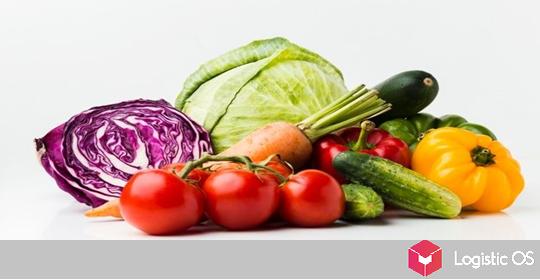With the help of drones, Indian farmers are able to significantly reduce both fertilizers and water when applying pesticides.
A government program is currently beginning to spread in India, during which it is planned to introduce drones into the country’s agriculture.
The program is called NAMO Drone Didi, within the framework of which 100 drones have already been provided to farmers by the manufacturer IFFCO for free.
Each such drone is one meter by one meter, as well as a 12-liter water tank.
The kit includes an electric car and a 100-liter tank to deliver water to the fields, as well as an electricity generator to charge the drones in the field.
Farmers have already managed to appreciate the new product.
Many of them note that the use of such technology is capable of globally changing the principles of farming in the country.
For example, previously, several days, 100 liters of water and several workers were required to process 0.4 hectares of land.
At the same time, spraying pesticides using a backpack method, for example, when processing tall corn, leads to the fact that toxic substances fall on the workers themselves, so it is difficult to find people willing to do such work.
Using a drone, everything is solved much more simply: just half an hour and one operator who does not come close to the spraying site and does not get harm to health is enough.
In addition, the amount of water required when using this method is reduced from 100 liters to 10 liters.
This is not only resource saving, but also care for the environment, because a large mass of water will not be contaminated with toxic substances.
In addition to pesticides — substances for pest control — drones are also actively used for applying fertilizers.
And here, too, they show amazing efficiency.
For example, instead of 135 kg of urea required to process 0.4 hectares of land, it is enough to use only 500 ml of liquid nanofertilizers.
This significantly reduces farmers’ costs for applying fertilizers and prevents serious damage to the environment.
At the same time, the damage to plants is also reduced, because with the traditional method of applying fertilizers, workers have to move around the field, while drones spray the solution from above, without touching any parts of the plants.
In general, it has already been noted that the use of drones allows saving up to 50% of fertilizers and up to 90% of water when performing work.
Therefore, their large-scale implementation will certainly continue, since in the future it can reduce India’s dependence on fertilizer imports.

